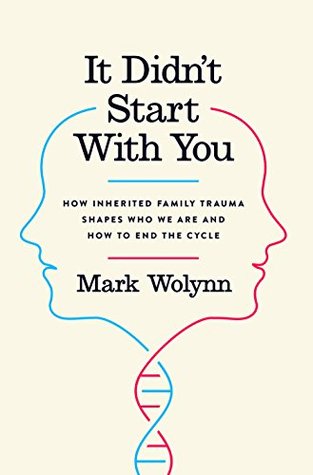Evolutionary biologists back up this premise. They describe how our amygdala uses about two thirds of its neurons scanning for threats. As a result, painful and frightening events are more easily stored in our long-term memory than pleasant events. Scientists call this default mechanism a “negativity bias,” and it makes perfect sense. Our very survival depends on being able to screen out potential attacks. “The mind is like Velcro for negative experiences,” says neuropsychologist Rick Hanson, “and Teflon for positive ones.”4
Welcome back. Just a moment while we sign you in to your Goodreads account.


